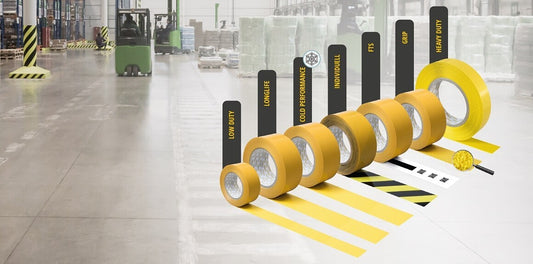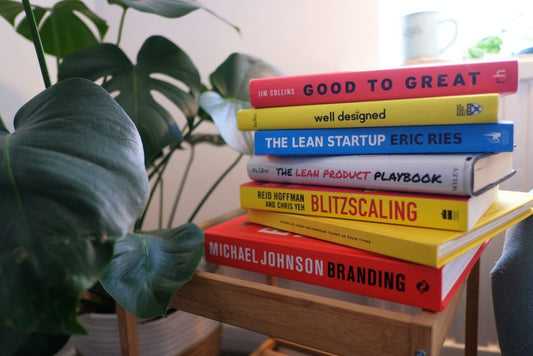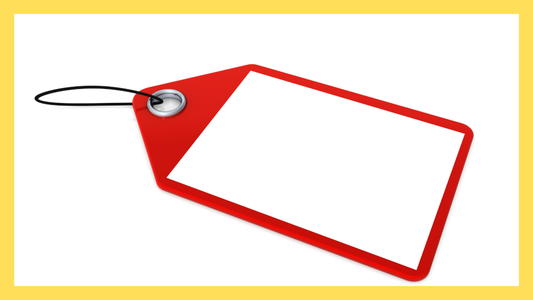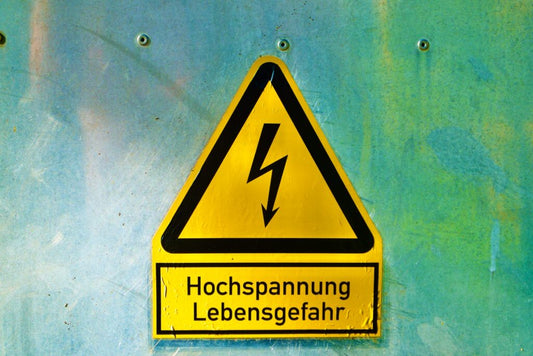Lean Management uses certain methodologies and tools to assist production methods by reducing unnecessary labour, space and clutter. But what does Lean Management have to do with ‘buffer stock’?
What is ‘Buffer Stock’?
‘Buffer stock’ is a small amount of stock that you have in your inventory that allows your business to run efficient Just-In-Case delivery. Holding this ‘buffer stock’ will allow you to keep your business costs low whilst also not falling into the common traps of running a Just-In-Time delivery system.
Effectively, buffer stock is the amount of stock needed by a production line to cover a short period where material supply is insufficient. This amount will change from business to business, but ‘buffer stock’ differs from regular stock in the reliance the business has on the stock. It is to be used in emergencies, or to ‘buffer’ the damage done by a loss of material supply to your production line, such as those experienced with the COVID-19 pandemic. Similarly, this supply loss might also come about due to industrial action or external or internal financial stresses.
So why would a business want to reduce its dependence on stock, potentially opening itself up to supply chain errors which could cause issues in their production?

JIT Production
JIT, or, Just-In-Time production is a method where materials are delivered to you just in time for when they are needed. This method removes all inventory, which in turn reduces the associated costs of having expensive equipment sitting in stock rooms.
Just-In-Time production reduces the cost of:
- The capital tied up in the stock;
- Insurance paid on the stock in cases of fire damage or theft;
- Expensive inventory systems;
- The labour needed to run these systems;
- Building maintenance costs;
- Losing value through obsolescence.
Many businesses implement a JIT method when they are looking to cut costs. However, it also increases risks to businesses in the following ways:
- Businesses are unable to react to unexpected changes in demand;
- Businesses are unable to garner discounts if they only buy in small quantities;
- Customers could receive poor service if the business misjudges the amount of stock it needs and allows products to go out of stock.
Just-In-Time methods have been used since the 1970s when they were invented by Taiichi Ohno, who was head of manufacturing at Toyota. His methods have overhauled production methods by harnessing logistical strategies. Leading to an organisation that is more Lean and efficient.
But what happens when these strategies fail?
Just-In-Case Production
Just-In-Case production is a method inspired by Just-In-Time, where a small amount of ‘buffer stock’ is held in reserve just in case. This amount of reserve stock differs from a normal inventory system, as it isn’t relied upon for regular manufacturing processes. This reserve stock is known as ‘buffer stock’, and holding it allows your business to run some of the methods used in JIT whilst reducing the risk of falling short for unexpected orders or interruptions in material supply.
It may be more suitable for buffer stock to be seen as the minimum amount of stock a business needs to be able to run its production line for a short amount of time. Toyota, the industry leaders of JIT delivery systems, usually hold stock for no more than 15 days.
Whilst JIC is seen as a compromise between JIT and regular inventory methods, it does reinvite some of the issues with stock keeping back into the equation. This includes:
- Reliance on storage space;
- Reliance on expensive inventory systems;
- Reliance on labour;
- Capital tied up in stock.
It should be noted that these issues that JIC holds are reduced when compared to regular stock systems. Buffer stock is often judged on how long your production line can operate when demand increases or supply falls short. If a production line, such as the one at Land Rover fails to meet demand, its production line can be brought to a halt in as little as 45 minutes. Apple also implemented JIT systems, which Tim Cook credits with turning Apple into a billion-dollar company. Apple's implementation of JIT turned stock that would otherwise have been in storage for months and reduced this period to 'just a few days’.
However, Just-In-Case methods could increase this time to perhaps a few hours, allowing emergency orders to be placed from suppliers should demands need to be met.
So let’s take a look at Lean Management as a philosophy of manufacturing and logistics, to see how both JIT and JIC methods could affect its implementation.
Just-In-Time & Just-In-Case with Lean Management
‘Lean Management’ is a philosophy where wasted products, time and space are reduced. This allows businesses to maximise their output and capacity, reducing the cost that is tied up in stock, clutter and inefficient communication methods.
Any action that can be reduced, such as our example above, where stock inventory is seen as a wasteful process, is done so to make the operation ‘leaner’. This can also be implemented by reducing:
- Defected products;
- Excess processing;
- Overproduction;
- Over transportation;
- Excess internal movement.
It follows that any method implemented in the workplace that intends on reducing labour-inducing, time-consuming or costly actions is an aspect of Lean Management.
Just-In-Time and Just-In-Case are both aspects of Lean Management, but JIT is simply more Lean than JIC due to the former's reduced stock levels.
Implement JIT and JIC Manufacturing With Orgatex
JIT and JIC are often compared, as it is true that JIC was developed by industries wanting to become leaner, but not being able to fully implement JIT and its risky procedures. In either case, using these methods will likely save your business money in the long run. It does however rely on the correct implementation of strict, new methods.
OrgatexUK is the industry leader in the implementation of Lean Management equipment. The following tools are used by businesses when using JIT or JIC methodologies.

Kanban Starter Boards
The Kanban System is an aspect of Visual Communication where card boards are put up in areas of production to give visual cues to staff on where in the production cycle items are currently at. Implementing Kanban systems allows all staff in the area to be able to understand what to produce, when to produce it, and in what proportion.
Visual Pockets
In order to reduce lost time, effort and transport, keeping any stock that you have in reserve clearly identified and organised should be promoted. Visual pockets allow items to be clearly indicated, along with all other necessary information needed to quickly count inventory or when reducing stock levels.
Warehouse Floor Markings
Warehouse Floor Markings, be it floor tape or large floor markings can help you create areas where ‘red tagging’ can take place. ‘Red tagging’ is a system where staff indicate tools, equipment and resources that no longer serve a purpose. When reducing your stock levels, also red-tagging your workplace will give you similar benefits by reducing wasted space and costly items.
Contact Orgatex today to see how we can help your business implement Just-In-Time or Just-In-Case methods in an effort to make your business leaner today.












